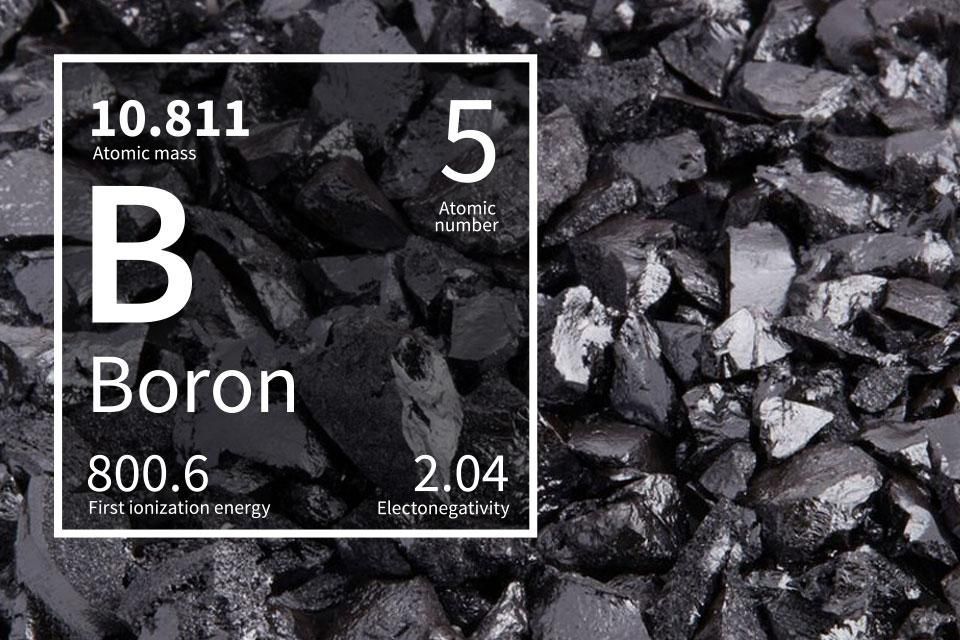Heavy Metals in Western Australian Drinking Water: The Critical Need for Trace-Level Analysis
A Growing Public Health Challenge
Western Australia faces significant drinking water contamination challenges that pose serious health risks to communities across the state. Recent government monitoring data reveals widespread heavy metal contamination affecting both urban and remote areas, with contamination levels frequently exceeding national safety guidelines.
The Extent of Contamination
Government testing has uncovered alarming contamination patterns throughout WA's water systems. In Perth's metropolitan area, up to 40% of tested groundwater bores exceed the Australian Drinking Water Guidelines (ADWG) limit for arsenic of 0.007 mg/L. Some samples have recorded arsenic concentrations as high as 7 mg/L—1,000 times above the safe limit.
The problem extends far beyond Perth. In remote Goldfields communities like Kutkabubba and Wiluna, uranium concentrations have reached 1.46 mg/L, nearly double the safe drinking limit of 0.017 mg/L. These elevated levels represent a persistent threat to public health, particularly for children and other vulnerable populations.
Sources of Heavy Metal Contamination
Natural Geological Sources: Much of WA's contamination stems from the state's mineral-rich geology. Groundwater naturally leaches metals from ore bodies and metalliferous rock formations, particularly uranium in goldfields regions and arsenic from various mineral deposits.
Urban Development: Perth's rapid expansion has disturbed extensive areas of acid sulfate soils, dramatically increasing the leaching of arsenic, aluminum, and iron into shallow groundwater systems. Urban development projects continue to expose these problematic soils, creating ongoing contamination issues.
Mining Legacy: Decades of mining activity have left a complex contamination footprint. Acid and metalliferous drainage from mine site dewatering, waste stockpiling, and pit excavation continue to introduce multiple metals including aluminum, arsenic, cadmium, copper, iron, manganese, nickel, mercury, and zinc into local groundwater systems.
Infrastructure Aging: Older plumbing systems throughout the state contribute lead and copper contamination. Recent incidents at major hospitals and public facilities have highlighted the ongoing risks posed by aging infrastructure, with some locations recording lead levels exceeding 0.01 mg/L.
Agricultural Practices: Historical use of arsenic-based herbicides and fertilizers has created long-term groundwater contamination in regional areas. These legacy contaminants continue to affect water quality decades after their application.
Health Implications of Heavy Metal Exposure
The health consequences of heavy metal exposure are severe and often irreversible, making prevention through early detection critical.
Arsenic exposure increases the risk of multiple cancers, including skin, bladder, and lung cancers. Chronic exposure also causes cardiovascular disease, skin lesions, and developmental problems in children. Even low-level, long-term exposure can result in significant health impacts.
Lead poisoning particularly affects children's developing nervous systems, causing permanent neurodevelopmental deficits, reduced IQ, behavioral problems, and learning difficulties. Adults face cardiovascular complications, kidney damage, and reproductive system effects.
Uranium exposure primarily targets kidney function, causing nephrotoxicity and increasing the risk of chronic kidney disease. Remote communities with elevated uranium levels face particular long-term health risks.
Mercury contamination affects neurological development and function, causing memory loss, depression, and developmental impairment. Pregnant women and children are especially vulnerable to mercury's neurotoxic effects.
The insidious nature of heavy metal toxicity lies in bioaccumulation—metals build up in body tissues over time, causing health effects even from seemingly low exposure levels. This makes early detection and prevention essential for protecting public health.
Current Contamination Levels
Government monitoring has documented concerning contamination levels across multiple metals:
- Arsenic: Maximum levels up to 7 mg/L (guideline: 0.007 mg/L)
- Uranium: Up to 1.46 mg/L (guideline: 0.017 mg/L)
- Lead: Up to 0.01 mg/L (guideline: 0.005 mg/L)
- Aluminum: Up to 290 mg/L (aesthetic guideline: 0.2 mg/L)
- Iron: Up to 1,300 mg/L (aesthetic guideline: 0.3 mg/L)
- Manganese: Levels exceeding 0.1 mg/L health guideline in affected areas
These figures represent documented cases, and the true extent of contamination may be broader due to limited testing coverage, particularly in remote areas.
The Challenge of Detection
Heavy metals present unique analytical challenges because health effects often occur at very low concentrations—parts per billion (µg/L) levels. Traditional water testing methods may lack the sensitivity required to detect contamination at health-relevant concentrations.
Effective monitoring requires sophisticated analytical techniques capable of detecting metals well below guideline levels. The Australian Drinking Water Guidelines recognize this challenge, setting very low acceptable limits that demand advanced analytical capabilities:
- Arsenic: 7 µg/L
- Lead: 5 µg/L
- Uranium: 17 µg/L
- Cadmium: 2 µg/L
Meeting these detection requirements necessitates specialised instrumentation and expertise, typically involving inductively coupled plasma mass spectrometry (ICP-MS) or inductively coupled oprical emission sepctrometry (ICP-OES).
Vulnerable Populations and Geographic Disparities
Heavy metal contamination disproportionately affects certain populations and regions across WA:
Remote Communities: Goldfields townships face the highest uranium exposure risks, with limited alternative water sources and infrastructure challenges that complicate remediation efforts.
Urban Fringe Areas: New developments on Perth's periphery encounter elevated arsenic and aluminum levels due to acid sulfate soil disturbance, affecting growing residential communities.
Children: All heavy metals pose particular risks to children due to their developing organ systems and higher absorption rates. Lead exposure is especially concerning for pediatric populations.
Pregnant Women: Mercury and lead exposure during pregnancy can cause developmental abnormalities and long-term neurological impacts in children.
Moving Forward: The Need for Comprehensive Monitoring
Western Australia's heavy metal contamination challenges require a coordinated response involving regular monitoring, improved analytical capabilities, and targeted remediation efforts. The complexity of contamination sources—from natural geology to industrial legacy—demands sophisticated analytical approaches to protect public health effectively.
Current government monitoring efforts provide valuable baseline data, but the scale of the challenge suggests that expanded testing coverage and enhanced analytical capabilities will be essential for identifying contamination before it reaches harmful levels.
The stakes are high: heavy metal exposure causes irreversible health damage, making prevention through early detection our most effective defense. As our understanding of low-level toxicity continues to evolve, maintaining rigorous analytical standards will be crucial for protecting WA communities from this persistent public health threat.
This analysis is based on recent Western Australian government monitoring data and published research on heavy metal contamination in drinking water sources across the state.











